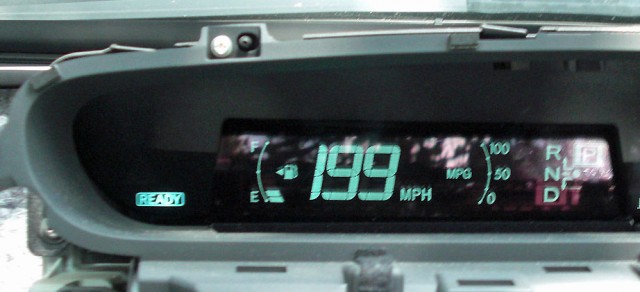Mac users warned that disabling all Office macros doesn’t actually disable all Office macros
It’s been almost 25 years since macro malware first reared its head, and it would be nice to think that the defences Microsoft has built into its Office suite in the years since would do a half-decent job of stemming the threat.
Unfortunately, it seems that’s not the case – at least not for users of the Mac version of Microsoft Office.
Read more in my article on the Hot for Security blog.





